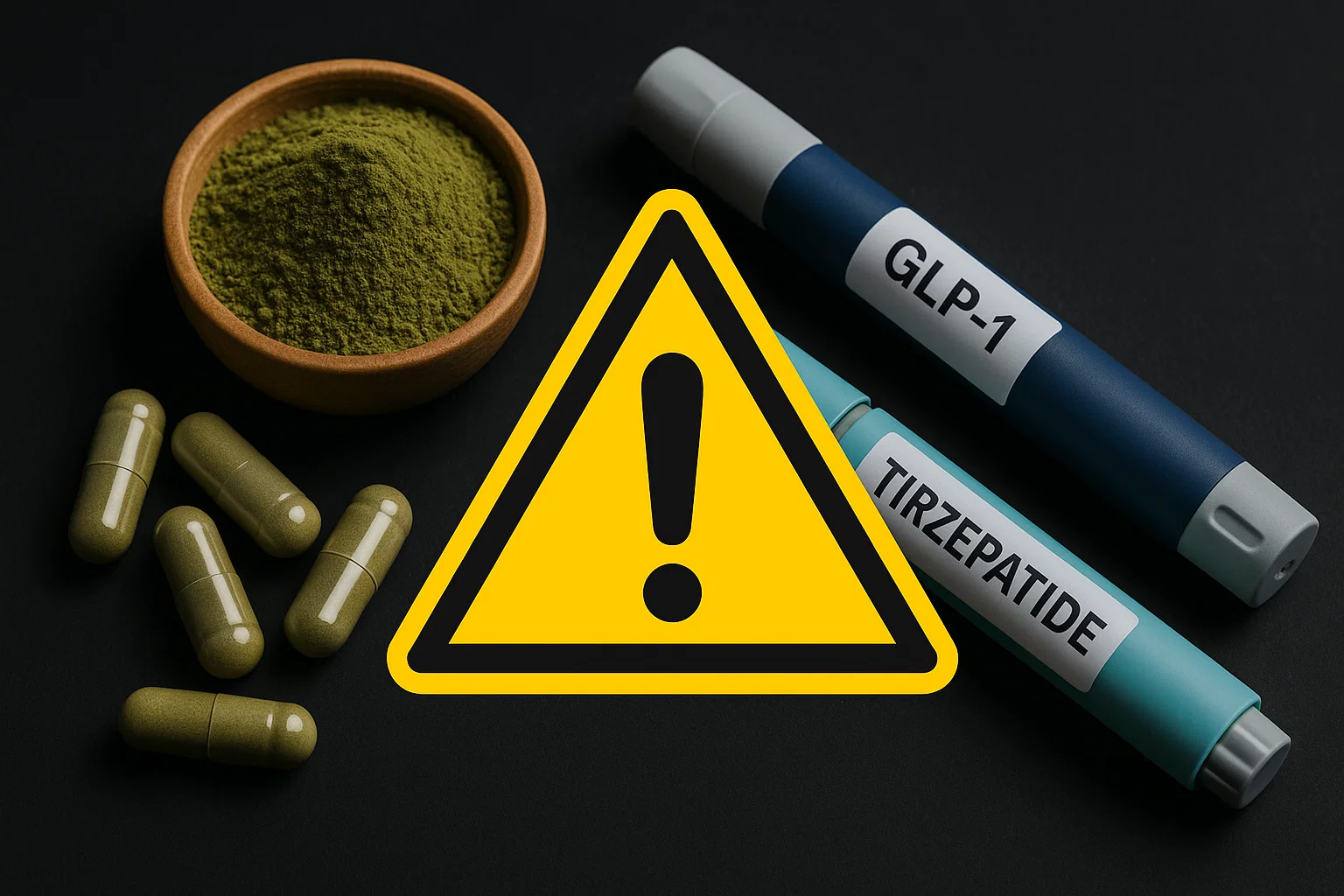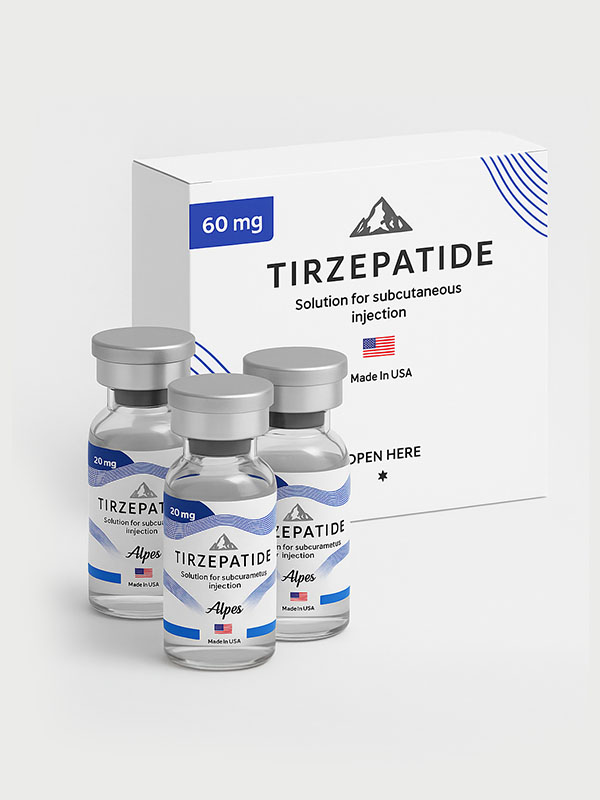Meta Title:
Kratom Explained: Uses, Risks, Benefits & SEO Insights for Health Content Creators
Meta Description:
Learn what kratom is, how it works, its benefits, risks, and how to craft SEO-optimized content around it. Perfect for SEO beginners and health bloggers.
Kratom. Chances are you’ve seen it in a Reddit thread, overheard it at a supplement shop, or stumbled upon it while doing SEO keyword research. Whether you’re a health blogger trying to write responsibly about trending natural remedies or an SEO beginner looking to rank in the supplement niche, understanding kratom is essential.
In this in-depth guide, we’re going to do two things:
- Break down kratom in a simple, professional, and educational way.
- Teach you how to write optimized, high-ranking SEO content around the topic.
This isn’t just another surface-level post. This is a complete, beginner-friendly, SEO-rich walk-through from a seasoned SEO writer to you—whether you’re writing your first health article or looking to up your content marketing game.
Let’s get into it.
What Is Kratom?
H2: Kratom Defined

Kratom (Mitragyna speciosa) is a tropical tree native to Southeast Asia, particularly Thailand, Indonesia, Malaysia, and Papua New Guinea. The leaves of this plant have been used traditionally for centuries due to their stimulating and sedative properties, depending on the dosage.
In low doses, kratom tends to act as a stimulant, offering increased energy and alertness. In higher doses, it can have sedative and pain-relieving effects, similar to opioids.
H3: How Kratom Works in the Body
Kratom contains two major alkaloids:
- Mitragynine
- 7-hydroxymitragynine
These compounds bind to the brain’s opioid receptors, affecting mood, pain, and energy. Although it acts like an opioid, kratom is not technically classified as one.
This unique mechanism is why kratom is both promising for pain management and controversial in health policy.
Why Is Kratom So Popular in the U.S.?
H2: The Wellness Boom & Alternative Health
In recent years, U.S. consumers have grown increasingly interested in natural, alternative health solutions. With the opioid crisis making headlines, people are turning toward plant-based alternatives for pain relief, energy, and anxiety management.
Kratom has carved out a place in:
- Natural wellness communities
- Fitness and recovery spaces
- Mental health and anxiety forums
- Nootropic and focus-enhancing circles
Plus, it’s easily available online, which adds to its mainstream appeal.
H3: Kratom Products in the Market
Here are the most common forms kratom is sold in:
- Powders
- Capsules
- Extracts and tinctures
- Kratom-infused teas and drinks
- Pre-measured shots or gummies
These are often marketed as mood boosters, focus enhancers, or natural pain relievers.
Is Kratom Legal?
H2: The Legal Landscape of Kratom in the U.S.
Kratom’s legal status in the U.S. is state-dependent and rapidly evolving. While it’s federally legal, individual states and cities have taken different stances.
H3: Where Kratom Is Legal (as of 2025)
- Legal states: California (except San Diego), New York, Florida (except Sarasota), Texas, and many others
- Banned states: Indiana, Wisconsin, Arkansas, Alabama, Vermont, and Rhode Island
- Regulated states: Utah and Georgia have passed regulations to ensure product safety, not outright bans.
Before writing about kratom or recommending it, check current laws in your audience’s region.
Benefits of Kratom: What the Research Says
H2: Reported Benefits of Kratom Use
While the FDA has not approved kratom for medical use, users and some studies suggest it may provide the following:
- Pain Relief: Kratom may help with chronic pain without the use of opioids.
- Energy Boost: In smaller doses, kratom can promote alertness and stamina.
- Mood Enhancement: Some users report euphoria or relief from depression and anxiety.
- Opioid Withdrawal Support: Anecdotal evidence suggests kratom helps ease withdrawal symptoms.
H3: What Science Supports
Emerging research shows that kratom’s alkaloids interact with opioid receptors, which helps explain its effects. However, large-scale clinical studies are still limited, and results are mixed. Always present benefits alongside limitations to maintain ethical content standards.
Risks and Side Effects of Kratom
H2: Kratom Isn’t Risk-Free
Kratom’s popularity doesn’t make it risk-free. As content creators, transparency is key.
Common side effects include:
- Nausea
- Dry mouth
- Constipation
- Dizziness
- Sweating
- Fatigue
H3: More Serious Risks
In higher doses or prolonged use, risks include:
- Dependency and withdrawal
- Liver damage
- Insomnia
- Cognitive fog
- Increased heart rate
Kratom may also interact dangerously with prescription medications, alcohol, or other supplements.
SEO Strategy: How to Write High-Ranking Content About Kratom
Let’s shift gears. If you’re a content creator, SEO beginner, or health blogger, here’s how to make kratom content that ranks and converts.
H2: Keyword Research for Kratom Topics
H3: High-Intent, Low-Difficulty Keywords
Use tools like Ahrefs, SEMRush, or Ubersuggest to find relevant long-tail keywords with high search volume and low competition.
Suggested Kratom SEO Keywords:
- “What is kratom used for?”
- “Is kratom safe?”
- “Kratom legality by state”
- “Best kratom for pain”
- “Kratom powder vs capsules”
- “Kratom and tirzepatide interaction”
- “GLP-1 side effects and kratom”
Pro tip: Group keywords into clusters and use one primary and two secondary terms per article for better on-page SEO.
H2: E-E-A-T for Kratom Articles
Google’s helpful content update prioritizes content with E-E-A-T: Experience, Expertise, Authoritativeness, and Trustworthiness.
Here’s how to build that into your kratom blog post:
- Cite credible sources like PubMed, NIH, or Mayo Clinic
- Include author bio with credentials or experience
- Be transparent about kratom’s legal and health risks
- Use clear disclaimers: “This article is for informational purposes only…”
H2: Structuring Your Kratom Blog Post for Readability
H3: Use a Proven Blog Format
A well-structured post helps both readers and search engines. Try this format:
- Hook (introduce the topic and grab attention)
- Definition (what is kratom?)
- Why It Matters (why people use it)
- Benefits
- Risks
- Legal Status
- Expert Quotes or Studies
- FAQ or User Experiences
- Conclusion + CTA
H2: Smart Internal Linking for Kratom Articles
Internal links help keep visitors on your site longer and support SEO.
Here are sample internal-link placeholders you can use in your kratom articles:
- [Read our guide on {{is-tirzepatide-safe-with-supplements}}]
- [Explore {{herbal-alternatives-to-opioids}}]
- [See {{how-to-choose-safe-kratom}}]
Anchor text tip: Make it descriptive. Avoid generic terms like “click here.”
H2: How to Use Multimedia in Kratom Articles
Images, infographics, and charts can break up long content and improve time-on-page.
H3: Suggested Kratom Images & Alt Text
- Caption: “Kratom powder, capsules, and tea options for natural energy seekers”
Alt text: kratom powder and capsules on table with herbal tea mug - Caption: “Kratom legality map by state in the U.S. – check your area before buying”
Alt text: United States kratom legality map - Caption: “Benefits and side effects of kratom use – balancing natural energy and caution”
Alt text: kratom benefits and risks infographic
H2: Frequently Asked Questions (FAQ)
H3: Is Kratom Safe?
Kratom can be safe in low doses for short-term use, but it carries potential risks—especially with frequent or high-dose use. Always consult a medical professional.
H3: Can I Take Kratom with Medications?
Kratom may interact with medications like antidepressants, blood pressure meds, or GLP-1 drugs like tirzepatide. Never mix substances without guidance.
H3: Is Kratom Addictive?
Yes. While some users claim kratom helps with addiction, it can also cause dependency and withdrawal symptoms. Use caution and avoid long-term, daily use.
Conclusion: Kratom Content Done Right—Responsibly, Ethically, and SEO-Smart
If you’ve made it this far, you now know more than most content creators writing about kratom. Whether you’re blogging for wellness readers or building a niche site, writing about kratom responsibly takes more than keyword stuffing.


